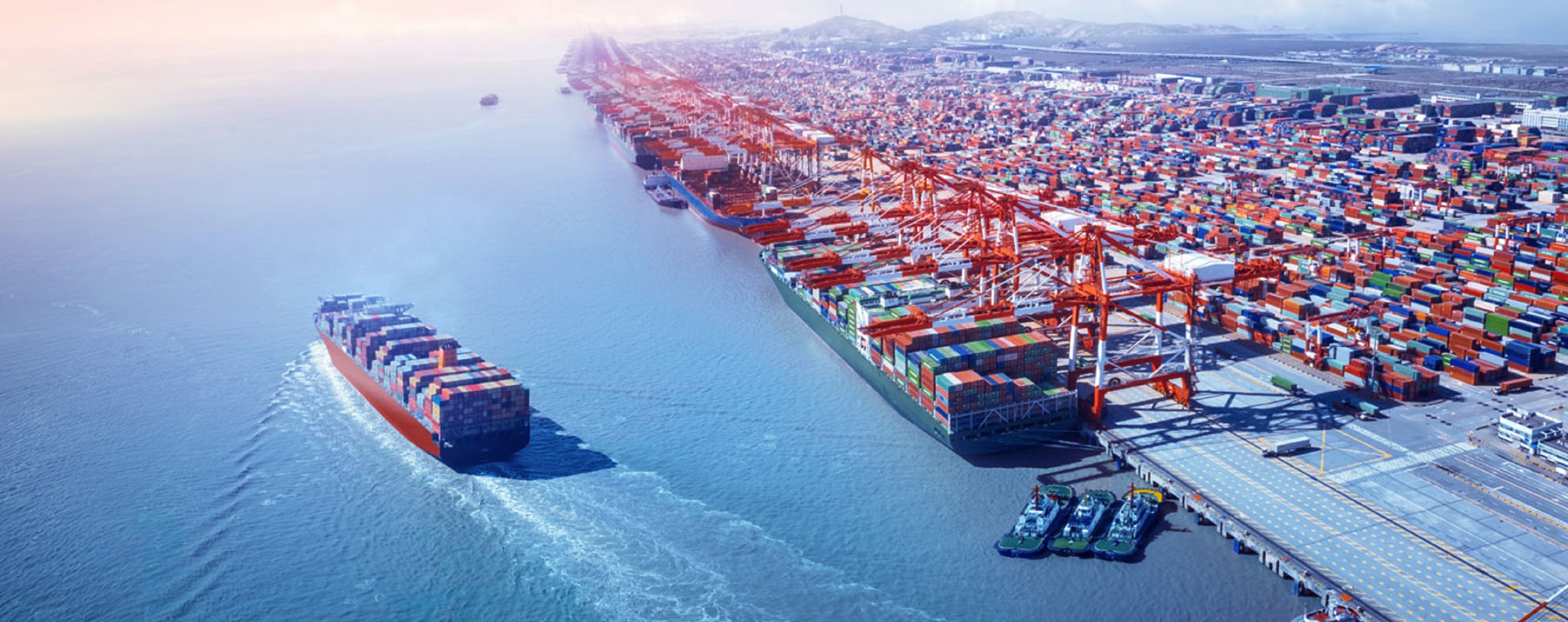
This week we feature guest author Michael Bellezza, Vice President for Tradewin. Since 1997, Tradewin has been providing expert import and export advice to clients all over the world. Combined, their skilled team of Customs brokers, lawyers, accountants, and other professionals possess more than 400 years of experience. Together, they have helped thousands of clients save more than $50 million in duties, guiding them through the ever-changing and complex arena of international regulations as effortlessly as possible. Tradewin is a wholly-owned subsidiary of Expeditors.
The dynamics of trade are changing.
Perhaps this is nothing new, trade has always evolved and changed, but I think we would be hard pressed to find an instance in modern peacetime when trade has been asked to adapt so quickly. TPP, Brexit, NAFTA, and steel tariffs, which would have been the biggest stories just months ago, are now muffled background noise to the rhetoric of a Trade War between two of the world’s most important economies.
Trade can be complicated for the uninitiated, and the complexity differs for every industry. The successful movement of goods across borders entails more than simply shipping product. It involves research and development, capital investment, sourcing, IP, tooling, testing, packaging, and transportation. The modern supply chain is more complex than perhaps it has ever been. That said, companies are going to have to look at their supply chains in the context of these new policies and what it means for their future.
So what happened?
- The U.S. announced 10% tariffs on $200 billion worth of Chinese goods, starting on Monday, September 24, 2018. Yes, that is billion with a “B”.
- This rate will rise to 25% at the end of the year, in theory to give companies time to adapt.
- China has threatened to retaliate and, as of the time of this writing, has noted additional tariffs on $60 billion worth of U.S. goods at 5% and 10% will be initiated.
- The U.S. has previously noted that they may respond to any retaliation with an additional tariff on the remaining $267 billion.
There are some things you can do.
The first step is get a baseline understanding of your current supply chain to understand the effects. Make sure you are applying the right tariff code to your products, as many commodities that previously had little to no duty may now be significantly impacted. Understand the benefits of programs that exist like Duty Drawback and Free Trade Agreements that will mitigate the pain. Make sure that what you think are China origin goods are actually China origin under Customs rules of origin. Be wary of suppliers that suddenly change your Chinese goods to some other country of origin.
Perhaps the best thought that I can offer is to stay informed. It is a fluid situation, and can be a bit overwhelming. But once you have a baseline, you can model how changes will affect your company. If you need us, we are here.




